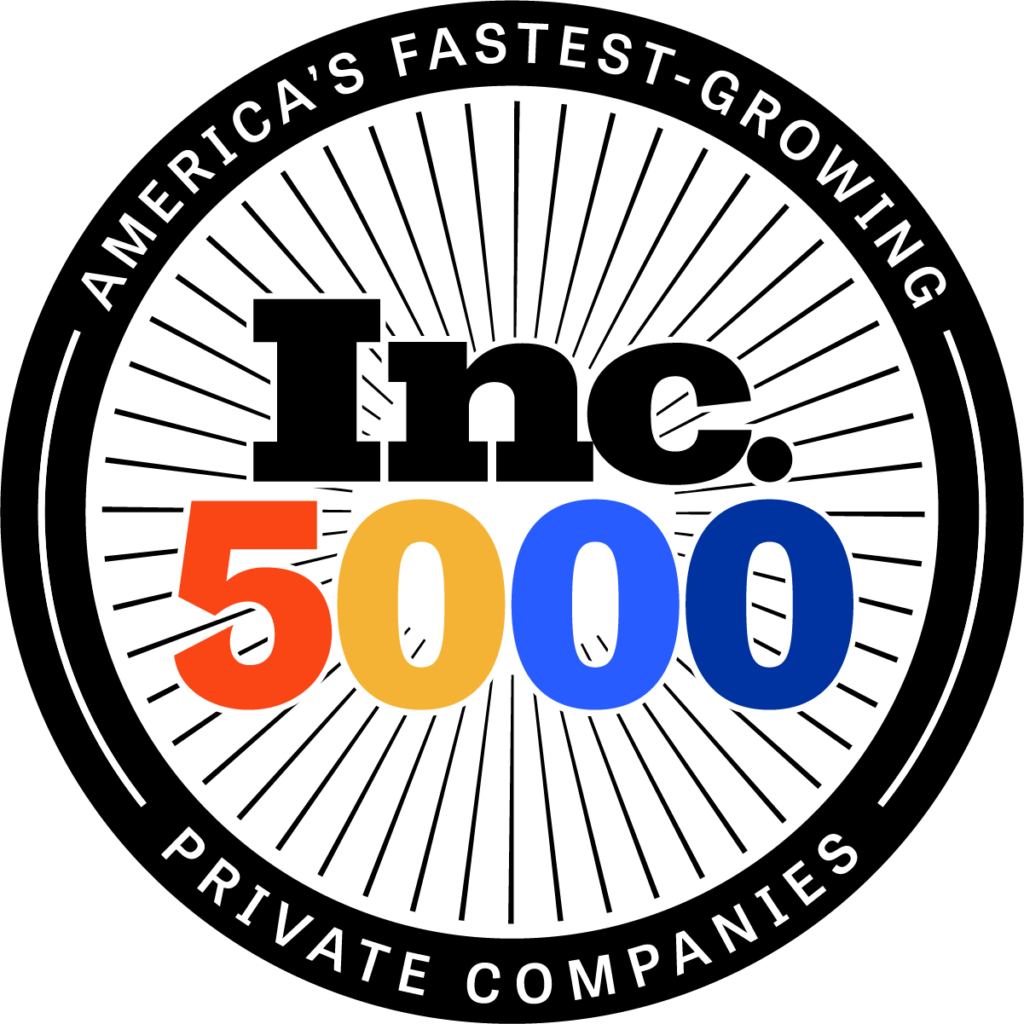As digital techniques become more and more prevalent in today’s marketing methodologies, marketing automation tools have become truly comprehensive able to track individuals in every stage of their buy cycle. Data has become a standard aspect of any marketing initiative, and those familiar with marketing automation are able to use data flows to better target audiences and measure tactic effectiveness while boosting efficiency across all aspects of marketing strategy. In the following sections, we’ve identified eight marketing verticals where automation can play a part.
SEO
Some marketing automation platforms like Act-On have SEO audit tools that can comb through a page and give a good idea of how well that page may perform when it comes to certain results. However, any SEO should be careful when judging automated results. Software can only tell you so much.
In a way, SEO data is a result of automation. By using the search results of millions of people, SEOs are able to pull the data necessary to identify the right keywords that businesses may want to target. SEO wouldn’t even exist if automated data collection didn’t exist.
PPC
Most marketing automation platforms can integrate data with Google Adwords, which can create a single report eliminating the need for switching back and forth between analysis platforms. However, the strength of automation lies more with Adwords functionality than with automation platforms.
Adwords can help businesses target individuals in high detail while relegating cost to be low or high priority. While it’s not a best practice to set up a PPC account and ignore it, Adwords allows a PPC specialist to create targeted campaigns around certain goals and let the technology take care of most of the heavy lifting. From data collection able to boost effectiveness at the end of campaigns to automated bids set by particular criteria, PPC has greatly been approved as more tools are created by both Google Adwords and its Bing counterpart, Bing Ads.
Tip: If you wish to use Bing Ads and you already have a campaign set up in Google Adwords, it’s a relatively easy endeavor to switch over through a nifty automated transfer trick. User beware, however, if you’re using Google Display Ads, you’ll want to turn those off in Bing’s platform due to limited reach on Bing’s network.
Action Response Emails
Especially useful for retail businesses, you can automate many different email sends according to different customer behaviors. For example, if an individual arrives at a website, puts something in his or her retail “shopping cart” and fails to check out, a business can automate emails offering a discount on that item. Outside of retail, companies offering content can automate thank you and other follow-up emails if an individual downloads a content piece or signs up for a newsletter allowing a business to sound friendly and personal without needing an actual person to craft a one-to-one message.
Outbound Emails
One of the most used aspects of marketing automation, outbound email programs are often created, turned on and ran automatically as leads and prospects move through the marketing funnel. This automated functionality allows companies to interact with thousands of leads while marketers free up time to craft strategy and messaging initiatives.
Inbound Lead Nurturing
Inbound digital strategies have come a long way due to the increasing sophistication of inbound data. Some companies have even go as far as create purely dynamic websites which can track which articles visitors have read before and can offer content that’s similar as they click through the website. Automated rules will be able track an inbound visitor’s behavior and continue to offer content website that correlates with certain nurture tracks. Furthermore, specific content that may appeal to a visitor may be sent directly to a visitor’s email inbox if enough behavioral data is gathered.
Social
The jobs of social media professionals have become more efficient and targeted with marketing automation tools. From Hootsuite to Buffer, social media users can now schedule posts, copy them as drafts to be used in the future and track results through simple platforms. Some social media experts will preprogram these tools weeks ahead of time through lump list uploads allowing them much more freedom to pursue related social media enterprises.
Content Marketing
The greatest benefit of automation for content marketers has been the influx of data able to track the behavior of those engaging with content. From click-through heat maps to eye-tracking software, automation can aggregate databases of useful information that helps marketers hone their messaging and create more effective content.
Website
Adding a layer of dynamic interactivity to websites, automated tools can create customized websites depending on past behaviors. Examples include progressive profiling, custom CTAs and remarketing efforts all geared to ensure that marketers get the best information and visitors will be able to find what they’re looking for with the least amount of effort.
The increasing sophistication of automated marketing tools has made dealing with large number of visitors and leads a much simpler task than what it was just a decade ago. Almost every marketing tactics now has at least one automated aspect, and knowing how to use them to create more efficient and scalable processes is almost a necessity for marketers in the current digital environment.







